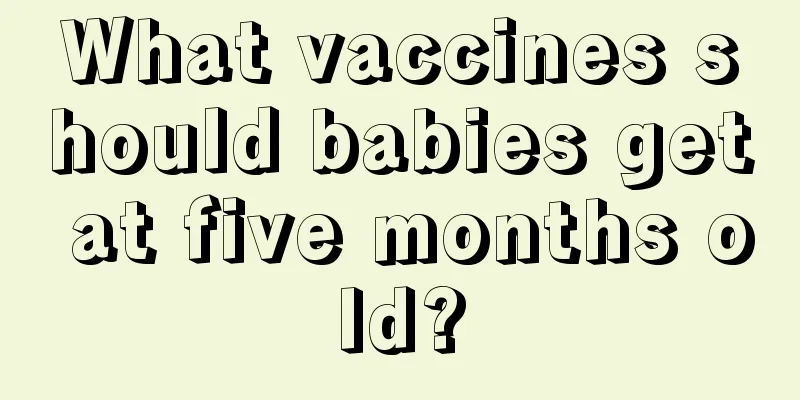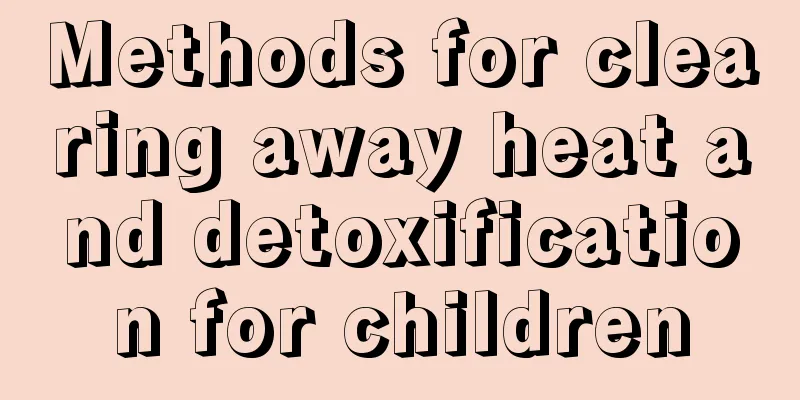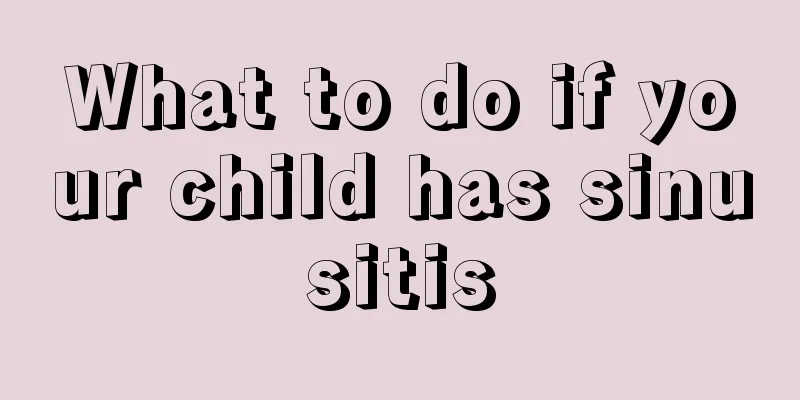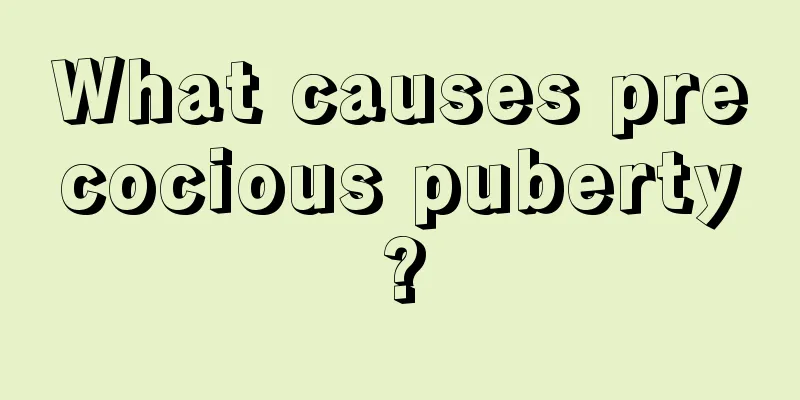Best treatment for rhinitis in children
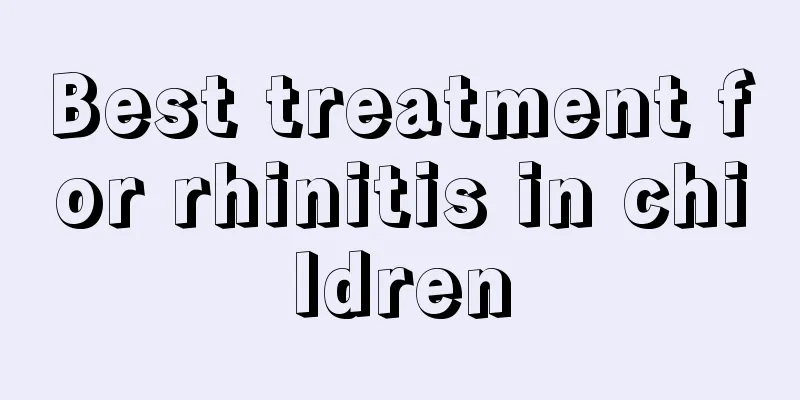
|
There are more and more rhinitis patients around us now. We have found that rhinitis also has a tendency to become younger. Some children also have symptoms of rhinitis. Many parents mistakenly think that children’s rhinitis is a cold. In fact, we have to identify children’s rhinitis. So do we have any good methods to treat children’s rhinitis? In fact, we can use traditional Chinese medicine to effectively treat it. Traditional Chinese medicine treatment: Jiang's rhinitis ointment is commonly used in traditional Chinese medicine treatment. The traditional Chinese medicine formula includes 30 grams of Xanthium sibiricum, 20 grams of Magnolia officinalis, 35 grams of Scutellaria baicalensis, 4 grams of Asarum, 25 grams of Angelica dahurica, 10 grams of Gentiana scabra and other Chinese herbal medicines. It is done through manual process, with careful selection of medicines, drying, grinding, and external application twice a day. It is not only effective for children's rhinitis, but also has good effects on other rhinitis. Currently, there are two methods used for children with allergic rhinitis: one is to avoid allergens, and the other is sublingual immune desensitization therapy. Specific immunotherapy (desensitization sublingual therapy) Rhinitis caused by allergy to dust mites. The patient's immunological indicators also changed before and after sublingual dust mite immunotherapy. Because the sublingual mucosal tissue is thin, these Langerhans cells located on the mucosal surface will capture the signal of the presence of allergens when they come into contact with antigens. The allergen vaccine can be quickly absorbed, thereby initiating a desensitization reaction. Including increased serum IgG4 levels and improved Th2/Th1 cell ratio. Since the drug is administered sublingually, serious adverse reactions such as anaphylactic shock usually do not occur. A very small number of patients may occasionally experience mild rash or mild diarrhea, which can be recovered by stopping treatment or reducing the dosage. The mechanism of sublingual desensitization therapy is that there are a large number of Langerhans cells in the sublingual mucosa, which absorb trace amounts of dust mite allergens and process them into mite polypeptide information, which are then presented to Th0 cells, causing the Th0 cells to transform into Th1 cells, thereby preventing the occurrence of allergic reactions. High safety: Globally, no serious side effects have occurred in 30 years of use, which maximizes the long-term safety of desensitization therapy; it avoids serious systemic adverse reactions (including anaphylactic shock and even death) that may be caused by injectable desensitization therapy, thereby reducing the psychological burden on medical staff and patients. Sublingual desensitization therapy is a method of dripping allergen extracts under the tongue to create tolerance in the respiratory mucosa, thereby alleviating or controlling allergic symptoms and achieving the purpose of desensitization therapy. Its clinical characteristics are: The world's fastest-growing desensitization therapy (i.e. specific immunotherapy or immunotherapy) method is in line with the rational symptomatic and causal treatment plan recommended by the World Health Organization. Treating both the symptoms and the root cause: Fundamental treatment of allergic diseases, with significant effects and thorough desensitization; overcoming the limitations of traditional hormone chemical drugs that only treat symptoms when the disease occurs and only treat the symptoms but not the root cause, and as the duration of use increases, there are varying degrees of adverse reactions that may lead to a certain degree of drug resistance. In the above article, we introduced the impact of rhinitis on patients. Now some children also suffer from rhinitis. Parents must know how to distinguish between children's rhinitis and children's colds. The above article analyzes in detail the treatment methods of children's rhinitis. |
<<: What are the dangers of ADHD?
>>: 6 tips to help you raise a child with money
Recommend
Can children drink monk fruit water?
In traditional Chinese medicine, monk fruit is a ...
At what age do children replace their front teeth?
The baby will grow deciduous teeth half a year af...
2-year-old child walking unsteadily
If you feel that your two-year-old child is unste...
How to treat nosebleeds in children?
If children are not careful when eating or playin...
Causes and treatment of fever and convulsions in children
Children are very important to every family. Ther...
Why does my baby have a cold, cough and diarrhea?
Many parents will have questions about what is go...
The baby loves to exert himself and make noises
If we find that our baby always likes to make sou...
The site of lymph node tuberculosis in children
Lymphatic tuberculosis is a toxic mass of tissue ...
Is emergency room visit contagious for young children?
Young children have relatively weak constitutions...
Summer common diseases are easy to invade children and parents need to be vigilant at all times
Every summer is a period of high incidence of man...
What causes children to stutter? Parents must read
If a child's stuttering is not corrected in t...
What to do if your child has a long-term hoarse voice
The current education method makes children have ...
What should you do if your child is stung by a bee? A few tips to teach you how to handle it correctly
Many children often offend snakes, insects, rats,...
How to supplement zinc deficiency in babies?
My baby is 3 years old and goes to kindergarten. ...
Symptoms of Japanese encephalitis caused by mosquito bites
In our lives, there are many Japanese encephaliti...
